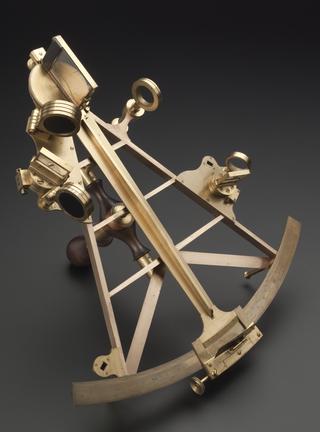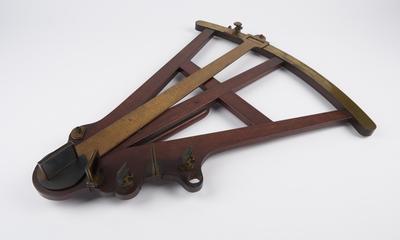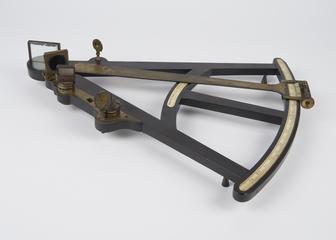
Ebony and brass octant.
1777-1810

1777-1810

1794-1801

1855-1865

1770-1776

1775-1785

1790-1800

1750-1760

1795-1804

1815-1825

1855-1860

1835-1845

1764

1745-1755

1758-1763

1837-1842

1830-1835
1745-1755
1790-1799